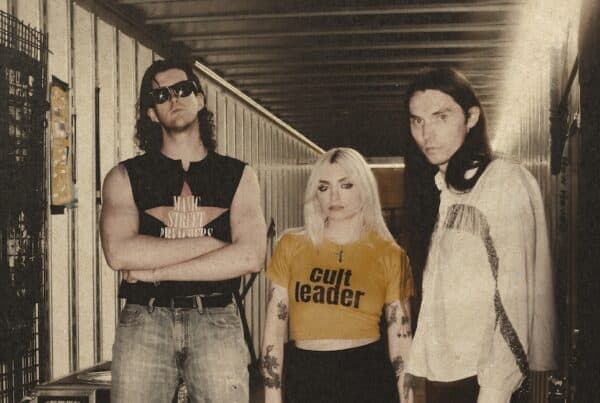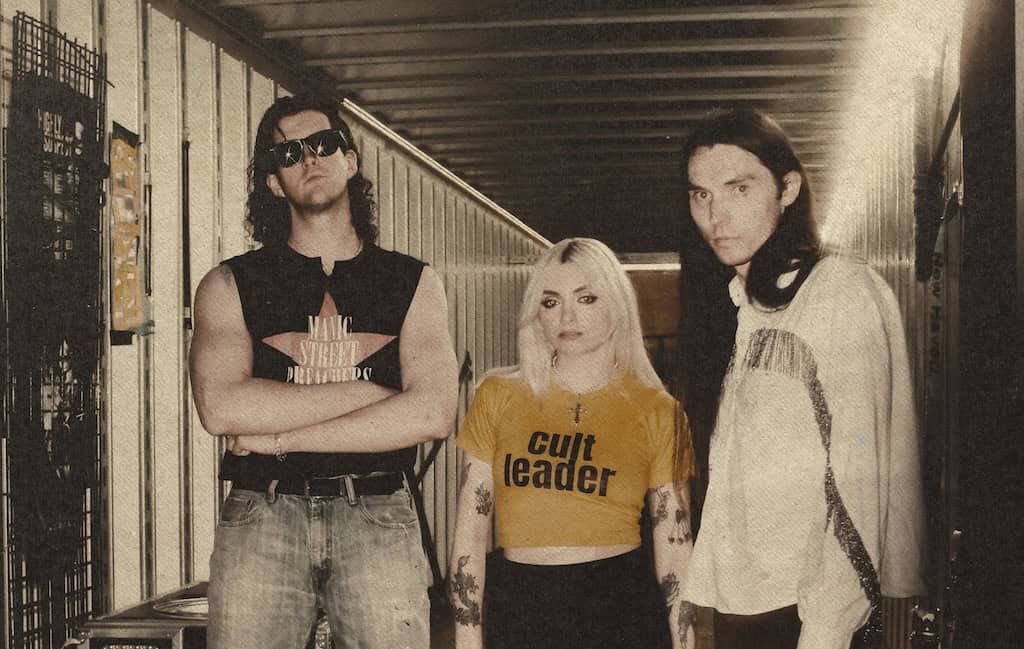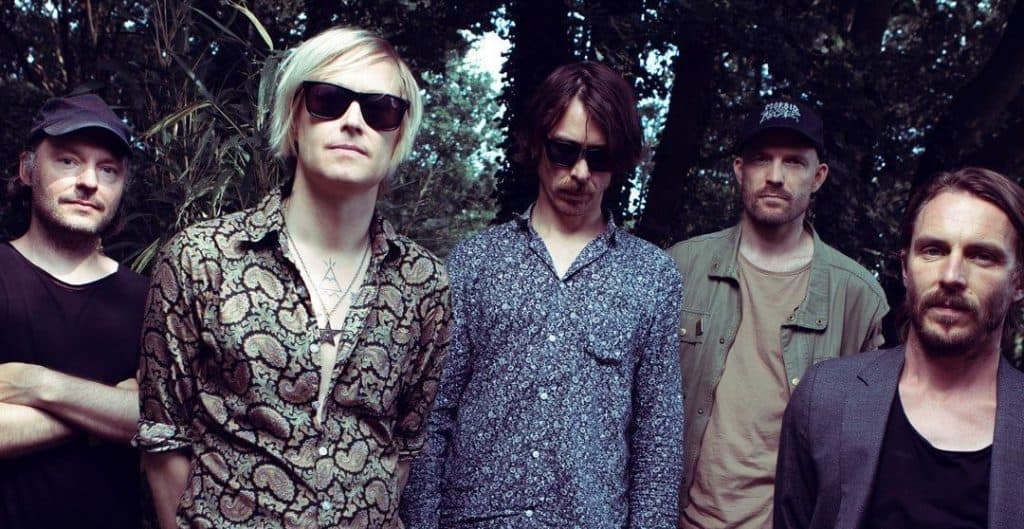War never changes, but lore sure does.
Now the dust has settled on the explosion that was the Fallout TV show, it’s time to return to the wasteland in search of answers. If there’s one thing we know about Fallout fans, it’s that they love lore. Despite ricocheting between developers at Black Isle, Interplay, Obsidian, and Bethesda, fans have managed to keep a pretty solid handle on what has now become the canon of Fallout. Sprawling Wikis and densely populated forums compile easter eggs and smooth over retcons: we just can’t help ourselves from digging deep in this post-apocalyptic world.
The Fallout TV show is currently awaiting a second season, but the first was set in 2296, a full 200 years since the Great War decimated the population of the US and created the wasteland. It’s safe to say a lot has changed in that time, and significant developments have occurred even in the nine years since Fallout 4 was set in 2287.
Of the timeline, Bethesda boss Todd Howard said, “there might be a little bit of confusion in some places. But everything that happened in the previous games, including New Vegas, happened. We’re very careful about that.” With that in mind, we can start dissecting the nitty gritty of the show’s first season, and speculate on how the changes it made to Fallout lore might influence season two.
Sticking to the facts
Character builds
The first thing you’ll do in any Fallout game is build your character. The series introduced the iconic S.P.E.C.I.A.L. stats gauge, allowing players to create some wacky combinations. Want a character with 10 luck and no other skills? Or a character with high charisma but absolutely no strength? Anything goes in Fallout.
The show paid homage to this by giving each of the main characters – Lucy, Maximus, and The Ghoul – identifiable strengths and weaknesses in line with Fallout S.P.E.C.I.A.L. skills. Lucy, raised in a Vault, has high luck from her relatively privileged upbringing, reasonable charisma that gives her a shot at speech checks, but lacks strength for much the same reason. Maximus on the other hand, has spent his life training for reasonable strength and agility, but doesn’t have much intelligence to fall back on in less violent situations. The Ghoul is low on his luck, evidently, but has especially high endurance, agility, and charisma. Everyone loves a bad guy.
Vaults and vibes
It’s always nerve-wracking to see your favourite IP turned into a film or TV show, but the Fallout producers managed to get the vibe of the games just right. From the gaudy blue jumpsuits and claustrophobic retro-chic of the Vaults, to the piled-high junkyard shops and violently explosive gore – every shot was recognisably Fallout.
Their decision to tell a unique story, rather than copy one out of the games also kept things feeling organically Fallout. The Ghoul’s quote about getting “sidetracked by bullshit every goddamn time” will definitely ring true with those who have played the games. Yes, your entire Vault is going to die if you don’t get the GECK, but a Super Mutant just asked you to arm wrestle, and you got offered a role in an adult film by two complete strangers, so it’ll have to wait.
Factions
The Fallout games are a wild wasteland of good, bad, and very very ugly – with every flavour of political bent and sociological angle given its own faction. From the tiny (Republic of Dave) to the huge (NCR), these factions shape how we understand and interact with the post-apocalyptic landscape. The TV series showed us all our old favourites, indicating that although things do develop and change, these groups won’t give up easily.
The Brotherhood of Steel’s journey from disillusioned ex-military with a focus on preserving knowledge to a fully fledged cops of semi-luddite fanatics is well-documented in the games. In the TV series, the logical next step has arrived, with them becoming more fanatical than ever when faced with a decline in values and a shifting political landscape. Likewise, remnants of the genocidal Enclave appear to have survived, and although this is against all odds, it seems about right for Fallout.
New developments
Ghoul biology
Ghouls were already pretty, er, fleshed out in the main Fallout games. There is plenty of in-game detail to be found on their affliction and various factions, from feral ghouls to eloquent ghouls rights activists. It’s pretty well established by now that ghoulification happens through exposure to a specific amount of radiation. This results in hours, days, or weeks of painful flesh rotting and mutation, only for the newly formed ghoul to wake up and find themselves able to regenerate and resist the worst the wasteland has to offer. A blessing and a curse, perhaps.
Ghouls may turn feral, either when exposed to too much radiation, or over time succumbing to madness and isolation. Many fans felt the way the series handled ghouls to be pretty dismissive of the original lore. We see The Ghoul and a few others using drugs to prevent them turning feral, something which is never mentioned in the game. However, what we DO see in the games is a lack of understanding about the process, studies being undertaken, and even ghoul test subjects being suspended for research. It’s plausible that by the late 23rd century, a drug had been created that could stave off the effects, giving ghouls a longer lifespan without fear of becoming feral.
Motivation for the Great War
Fans have battled for years over the origins of the Great War and the question of who dropped the bombs first. Some said it was China, some said that the lore implied it was America, some even argued that the alien Zetans had a hand in the whole thing. The TV series didn’t put a stop to speculation entirely, but took a harder stance on directing the mood around pre-war negotiations.
As far as season one is concerned, a covert cabal of corporations headed by Vault-Tec used their power to drop the bombs themselves, knowing there would be no real way to tell once the event had occurred. Whether or not this remains the case in season two, we’ll just have to see.
What’s next?
Although we haven’t heard much about the next series, we do know that New Vegas will feature, what with that iconic parting shot from the season one finale. We should also get some more NCR and Enclave lore, expanding on their place in the world in 2296. We’ve not yet seen any Deathclaws in action, though a skull was used to hint at them, and the more grotesque foes like Centaurs and Super Mutants have been oddly quiet. The last we saw of Thaddeus was him ingesting some mysterious medicine, which appears to have made him invincible – perhaps a touch of the FEV? Here’s hoping our questions will be answered and, of course, that Dogmeat survives.









